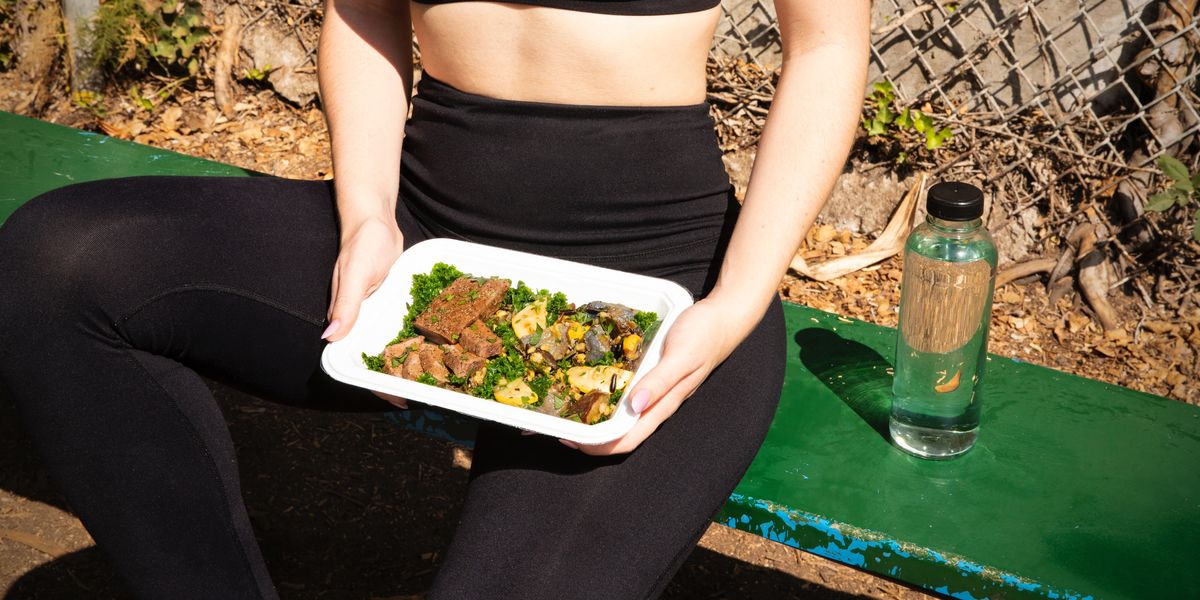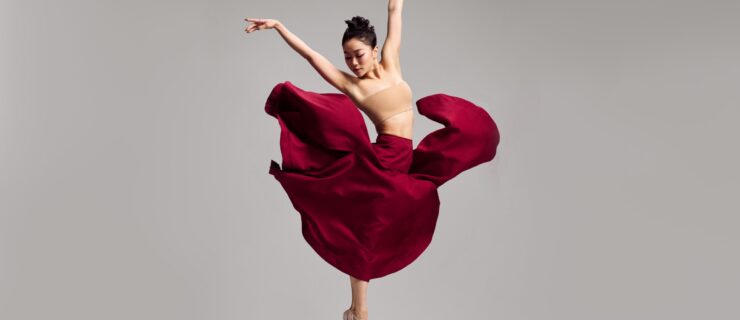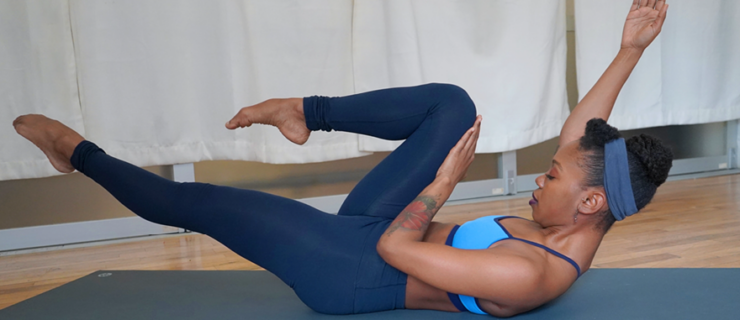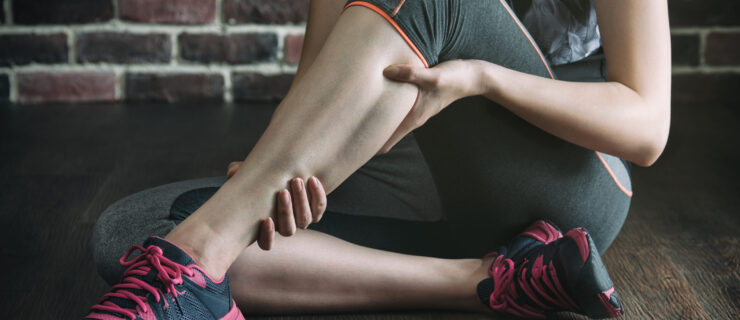Is the Ketogenic Diet Smart for Dancers?
The ketogenic diet—a trendy weight-loss method based on low-carb and high-fat intake—has gained traction in the past year. But don’t confuse popularity for blanket health advice: Although it was developed as a treatment for childhood epilepsy, eating keto poses major risks to dancers’ health and performance.
Why?
According to Marie Elena Scioscia, a dietitian who works with dancers at The Ailey School, the diet essentially forces your body to burn fats instead of carbohydrates for energy. While this might sound like a good idea, carbohydrates are the body’s main source of fuel. Manipulating your carb intake like this puts your metabolism under great stress and lowers your blood sugar. Although this can result in short-term weight loss, it’s mostly from water and sometimes even muscle mass—something dancers definitely need.
What are the other side effects?
Scioscia notes that it can be very difficult to get enough calories from a high-fat diet, and that switching to a ketogenic plan can have a host of effects that are detrimental for dancers. These include dehydration, lack of B vitamins, poor digestion, reduced bone density, loss of electrolytes and even decreased brain function from reduced blood sugar.
So, what kinds of carbs should dancers eat for optimal energy?
Instead of simple carbs, like white sugar, choose complex ones that take your body longer to break down. For packaged products, like breads and crackers, look for those with more than 3 grams of fiber and at least 3 grams of protein per serving and no added sugars. Scioscia recommends the following complex carbs to keep dancers energized and healthy:
- brown rice
- granola
- oatmeal
- quinoa
- seven-grain bread
- sweet potatoes
- whole-grain crackers
- whole-wheat pasta
- whole fruits and vegetables





